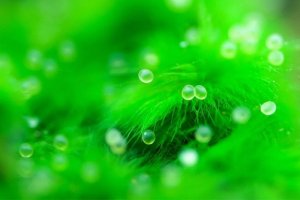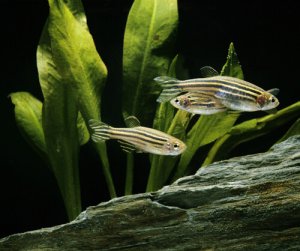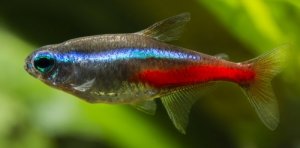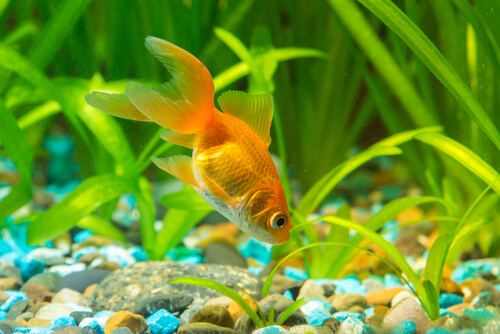
Goldfish are some of the most common fish found in household aquariums. This is because they are known for their low maintenance and hardy characteristics. But like with any pet, certain unfortunate factors are causes of goldfish death.
Taking care of these beautiful creatures should be a top priority because they can live much longer if they are kept healthy. As a pet owner, become familiar with goldfish behavior before death. They aren’t too difficult to identify, and the knowledge could save your pet’s life.
10 Common Signs And Symptoms Of Goldfish Behavior Before Death
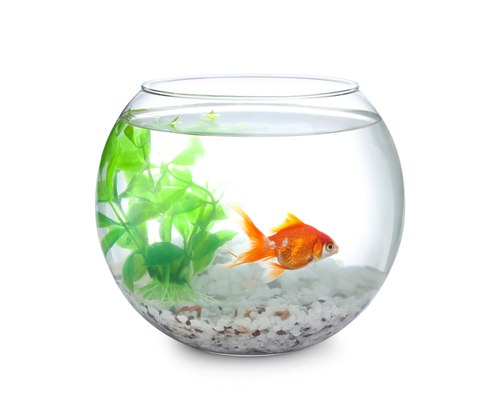
1. Lethargy
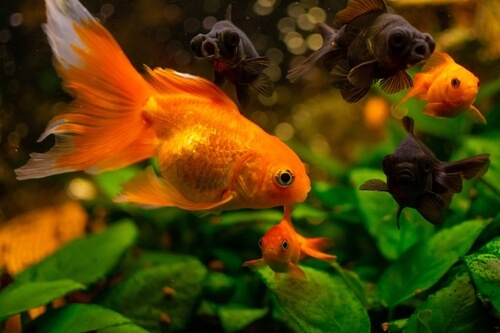
Lethargy is a typical symptom for goldfish who are ill. They are generally very active fish, so if you see signs of lethargy, this could be cause for concern. On the other hand, if your goldfish, which is usually active in the tank, suddenly becomes lethargic, it is most likely a sign that the fish is struggling with an infection.
Often it can be things such as ammonia poisoning that can cause lethargic behavior in goldfish. Ammonia poisoning is one of the common causes of goldfish death. Parasitic infections and poor nutrition are also possible causes of lethargy.
As your goldfish ages, you will notice that they tend to get slower. Lethargy is a normal senior goldfish behavior before death.
2. Loss Of Appetite
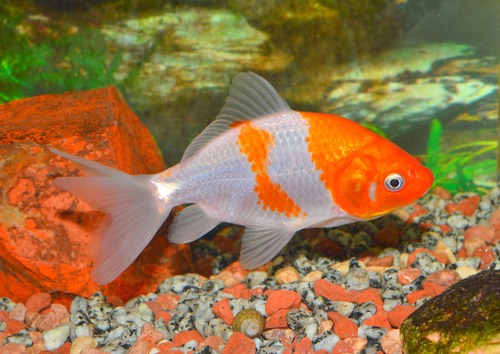
This is one of the most obvious indications that your goldfish is not doing too well. Goldfish are naturally opportunistic eaters who will eat almost anything if given a chance. They are enthusiastic during feeding time and usually swim quickly to the food.
Loss of appetite is a standard indicator of sick goldfish, poor water quality, or your pet is experiencing stress. If left unattended, this will cause further harm to your aquatic friend’s health and could result in death. Take time to observe your goldfish and get to the bottom of the issue.
3. Erratic Swimming
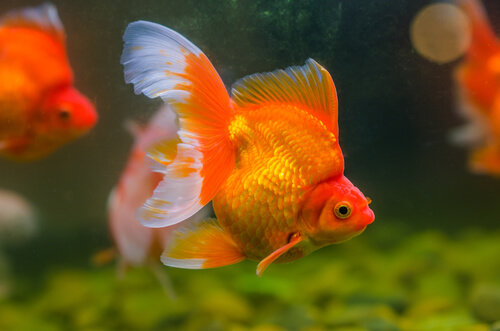
There are many reasons your beloved goldfish is swimming erratically, and you should be concerned. However, the leading reasons for goldfish swimming quickly could be swim bladder, improper feeding, or stress. These factors affect the aquatic creatures’ buoyancy, causing them trouble swimming.
Check the water parameters regularly because your fish will likely pick up infections if the water quality is poor. Poor water parameters can also lead to stress in your fish, an expected goldfish behavior before death. Avoid overfeeding goldfish. They do not need more than the specified amount. If you are unsure whether you’re feeding it correctly, speak to your vet.
4. Sticking To The Bottom Of The Tank
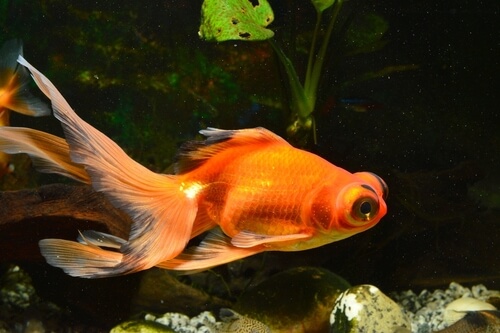
Your goldfish not moving around and staying at the bottom of the tank is another goldfish behavior before death. Goldfish tend to rest at the bottom, but if you notice that your aquatic pet is at the bottom for a more extended period, you should determine what could be affecting it.
Older fish will spend more time at the bottom as they get closer to the end. Younger goldfish are usually more active and react excitedly to their environment. If your younger fish is struggling, check the oxygen levels in the tank and ensure the bowl or tank is big enough for the fish.
Your fish also needs proper nutrition to keep its energy levels healthy. Invest in good quality fish food, as some cheaper brands do not have all the required nutrients.
5. Loss Of Color
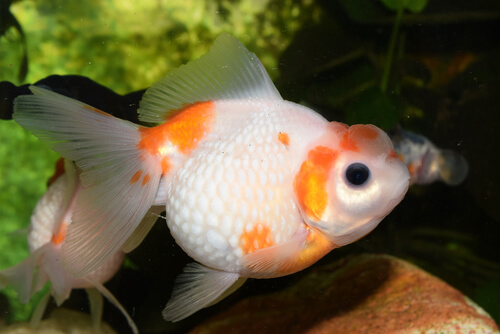
Goldfish are generally hardy fish but tend to have difficulties with certain environmental changes. These changes can affect the color of these beautiful aquatic creatures causing them to turn white.
The water’s temperature, pH levels, and introduction of new fish can stress goldfish, leading to their color fading. Certain infections in goldfish can also lead to color fading. If your fish is unwell, other symptoms, such as loss of appetite and erratic swimming, will also be present in your fish.
Other factors, like oxygen levels, could also contribute to your pet’s color fading. Check the oxygen levels if you notice the color fading accompanied by lethargy and the fish struggling to breathe. Lack of oxygen is one of the most common causes of goldfish death.
6. Rapid Breathing
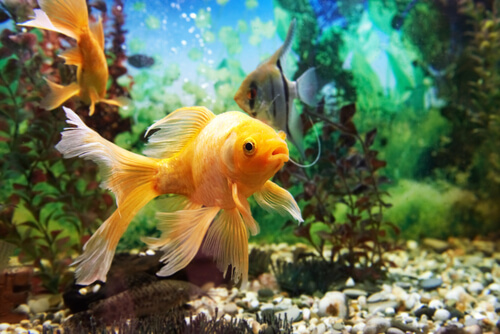
Gulping for air at the water’s surface is a common sign of distress in goldfish. There are many reasons your fish could have rapid breathing. One reason could be that aquatic friends’ gills are not functioning correctly due to an infection. There can also be a blockage in their respiratory system, making it hard for them to breathe.
Your fish could also be gulping oxygen at the surface as there is not enough oxygen in the water. Water quality can rob goldfish of oxygen. To correct this, start with a water change and monitor your goldfish recovery from here. Further lack of oxygen will lead to lethargy, a typical goldfish behavior before death, so it is best to improve conditions immediately.
7. Isolating
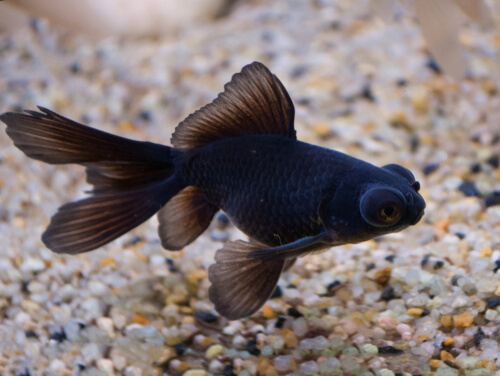
Goldfish are very active tank mates. They generally swim around excitedly. These friendly creatures respond to stimuli inside their tanks and outside. You will only find them still or hiding when they are asleep, which is usually a few hours a day.
You should investigate if you find your goldfish spending more time hiding than usual and not being its usual bubbly self. Conditions such as stress from being bullied by other tank mates, illness, or poor water quality can lead to your goldfish hiding away. Observe your pet’s behavior over the next few days to determine the cause.
8. Stress
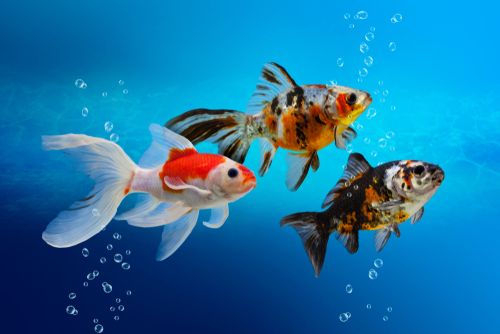
Just like humans, fish experience stress from events occurring in their environment. Unfortunately, stress can have a negative effect on your pet’s health because it suppresses its immune system. A weakened immune system makes them more susceptible to disease and sometimes even death.
It is not always possible to avoid stress. There are many possibilities as to why your pet is stressed. Some possible reasons include change of environment, a lack of hiding places, varying water parameters, illness, and bullying from tank mates. For example, when goldfish are stressed, you see rapid movement of their gills, and they will also isolate themselves from other fish.
9. Bulging Eyes
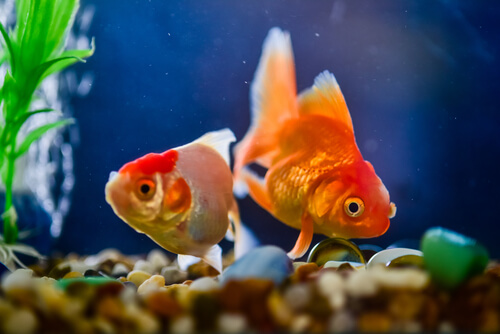
When sick, your goldfish may have protruding, bulging eyes. This symptom is usually very noticeable but can also be subtle at times. Look for elevated mucous buildup around and on the eye and a cloudy film covering the eye. If your fish displays these signs, it could have a bacterial infection or popeye.
Don’t leave these conditions untreated for too long. If left for too long, your fish can lose an eye or its eyesight. Fish who struggle with sight tend to be more stressed than others and may not live as long. In addition, overcrowding accompanied by concerning water parameters can contribute to eye infections.
10. Hunched Back
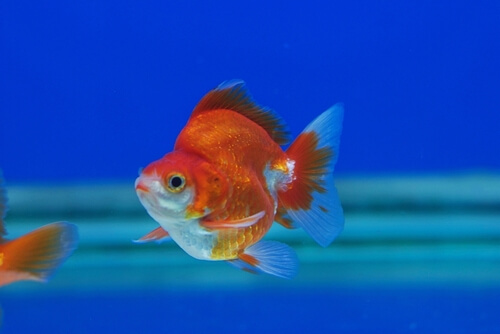
If you gradually start to see your goldfish spine curve, immediately quarantine the fish. A hunchback in goldfish is usually an indicator of fish tuberculosis. This harmful disease is highly contagious to other fish in the tank, so it is best to keep them apart. It is recommended that you treat the tank as well, just in case any of the other fish might already have it.
Untreated fish TB can be deadly to all the fish in your tank. If not taken seriously, you could lose your whole aquarium. Goldfish infected with TB develop a hunchback because their spines get infected when they contract this disease.
How Do Goldfish Look When They Die?
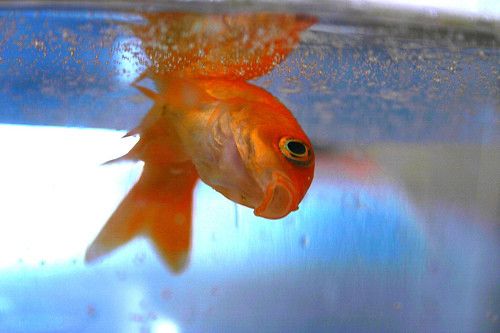
Having your goldfish die is not an experience pet owners get used to. For new fish owners, it might be harder to tell if your fish is no more. These are a few indications to look out for if you are not sure about your goldfish:
- Your fish is no longer breathing. There is no gill movement.
- Their eyes will be sunken in and grey.
- The fish has turned white.
- The fish might have sunken to the bottom of the tank or floating lifelessly
- There is no mouth movement.
What Are Treatable Goldfish Conditions?
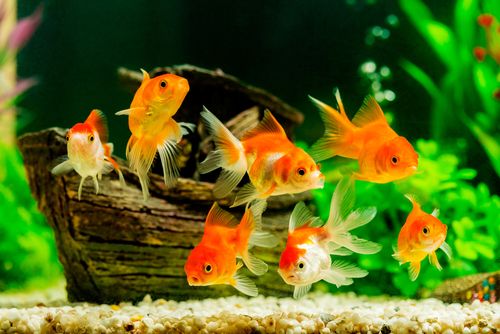
Goldfish don’t tend to get sick often, but most conditions they contract are treatable if they do. Here are some treatable goldfish conditions:
1. Tail Rot
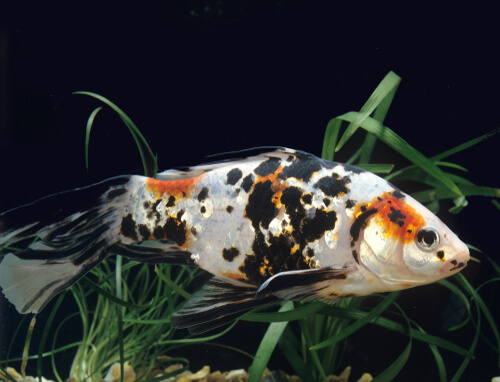
Tail rot infections are common in fish, including goldfish. Fortunately, this condition is easily treatable. Poor living conditions that stress the fish’s immune system commonly cause this type of infection.
This bacterial infection usually presents itself as discolored fin edges, and the fin starts to fray as it progresses. Tail rot is a goldfish infection that can be easily treated at home. However, untreated tail rot will lead to further rot of your pet’s body and could ultimately be one of the causes of your goldfish’s death.
2. Parasites
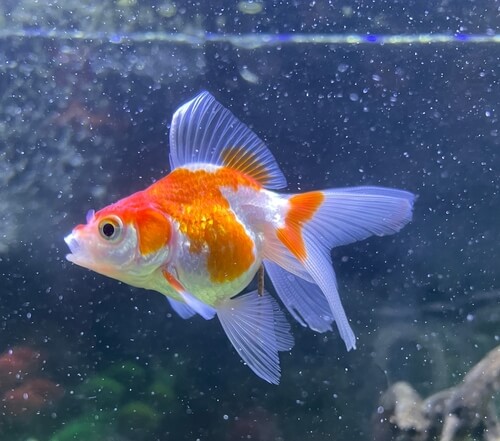
Parasites are another common health issue in goldfish. If your goldfish has parasites, they will be easily visible and can be removed at home. In addition, your fish will most likely begin to scratch against objects or have clamped fins when infected by parasites. Anchor worms, ich, and lice are the most commonly found goldfish parasites.
Some parasites, such as anchor worms, can be removed using tweezers. For others, you can raise the tank’s temperature to 85 degrees Fahrenheit for up to 10 days. After that, a tablespoon of aquarium salt can be added to the tank for every five gallons of water. It may take a few weeks to clear, so don’t give up.
3. Swim Bladder Disease
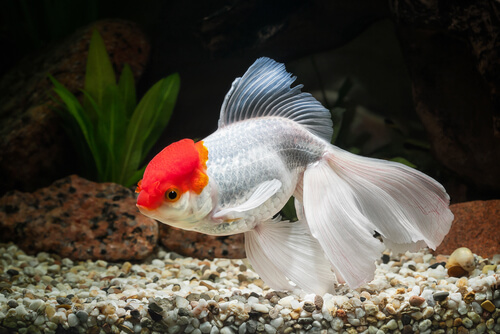
Goldfish with swim bladder issues experience problems with buoyancy which causes your pet to have swimming difficulty. This disease is not contagious to other tank mates and is usually a symptom of overeating, stress, or poor water quality.
The ideal diet for overcoming swim bladder disease should be low in protein and high in fiber. Peas are a good source of fiber and can be fed to goldfish to help them recover faster.
Final Thoughts
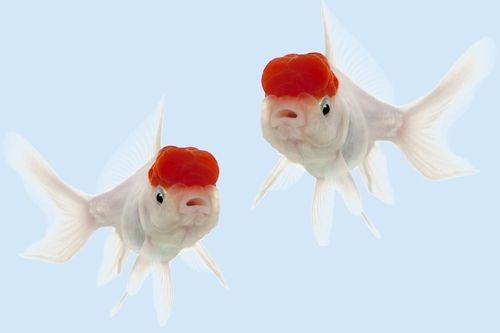
Goldfish are resilient aquatic pets that generally live a healthy life. However, if you notice a change in the behavior of your goldfish, do not ignore it. The longer your goldfish goes untreated, the worse it will become and could affect other fish in the tank.
One thing to note about goldfish is that they don’t easily get sick. But if they are unwell and their condition does not improve after taking the necessary measures, consult a vet. Familiarize yourself with your fish’s normal behavior to easily pick up any changes.


